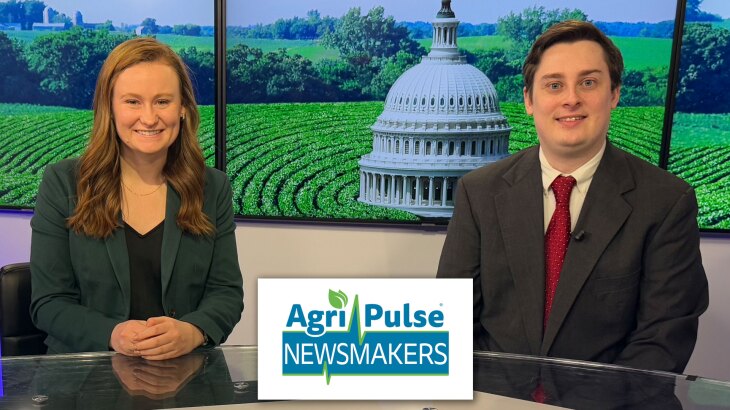Wholesale egg prices hit record highs last year, and so did cases of High Path Avian Flu with more than 43 million egg-laying hens taken out by the virus here in the U.S.
According to USDA, in the final weeks of December 2022, weekly egg inventories were down 29 percent compared to the start of the year and prices hit a high of $5.37 a dozen. Since then, the egg-laying flock has recovered as APHIS reports a sharp decline in cases this year.
As a result, wholesale egg prices have also fallen, hitting just 89 cents in the first week of May this year. At the end of June, egg inventories were around 24 percent higher than the lowest levels seen last year with the average price for a dozen eggs hovering around $1.23.
The department is expecting wholesale egg prices to level off as demand falls in the summer with consumers baking less often.
Rising beef supplies and lower cattle prices, weaker hog markets, and softening dairy prices will shape producer margins heading into 2026.
December 11, 2025 01:32 PM
·
Ag Secretary Brooke Rollins signed six MAHA waivers for SNAP in Hawaii, Missouri, North Dakota, South Carolina, Virginia and Tennessee.
December 10, 2025 02:25 PM
·
Rural employers are slightly more optimistic, but labor shortages and renewed price pressures continue to limit growth across farm country according to a
December 10, 2025 11:56 AM
·
Cattle imports from Mexico remain stalled amid the New World screwworm outbreak. At the same time, Tyson closures add pressure on Nebraska producers and markets ahead of the USDA’s upcoming Cattle on Feed Report.
December 08, 2025 01:55 PM
·
Georgia has regained its HPAI-free status after a swift response to October’s detection. Commissioner Tyler Harper urges producers to stay vigilant and maintain biosecurity.
December 08, 2025 01:29 PM
·
The FAO Food Price Index for November fell by more than 1 percent in November, marking the third straight month of declines.
December 05, 2025 11:54 AM
·
Milk output is rising, but steep drops in Class I–IV prices are tightening margins heading into 2026.
December 04, 2025 07:00 AM
·
Weaker U.S. dairy prices come as value-added exports expand and ingredient inventories tighten, creating mixed market signals for producers.
December 03, 2025 06:52 PM
·
Cargill’s commitment to keep plants open helps preserve competition as Tyson removes capacity amid historically tight cattle supplies.
December 01, 2025 03:55 PM
·





















